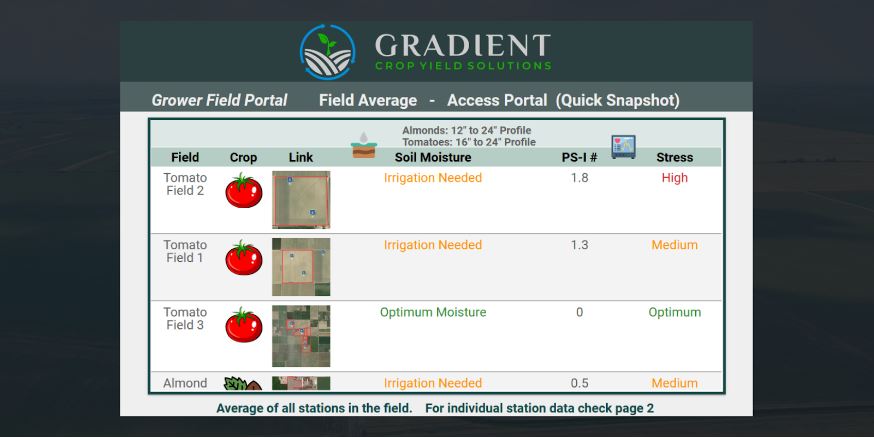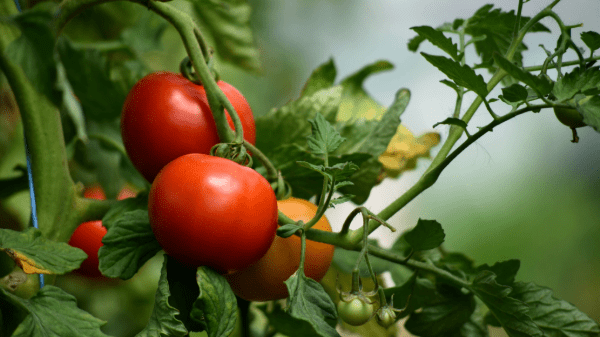Tomato cultivation in California faces various challenges due to water scarcity and soil degradation. Climate change poses additional threats, because of unpredictable weather patterns affecting optimal cultivation conditions.
Farming producers utilize weather forecasts and soil testing to make effective management decisions. At the same time, modern technology like multispectral satellite imagery and advanced soil moisture analytics are becoming popular.
The Morning Star company BB #:326465, the largest tomato processor in the world, has embraced this technology. EOSDA Crop Monitoring, created by EOS Data Analytics, a global satellite data analytics provider, was chosen to help solve different issues using remote sensing soil moisture tracking and other benefits.
The main problems in the process of growing tomatoes are excessive water consumption and nutritional deficiencies. Water is a valuable, finite resource that needs to be conserved. Precision agronomic solutions, including remote sensing of soil moisture, can help maintain optimal soil water content and moisture retention capacity.
Gradient started as a R&D project within the Morning Star company to help growers to better the irrigation management on the farming lands. However, in 2019 Gradient Crop Yield Solutions began its journey as a stand-alone company.
Its preliminary purpose is to equip farms with sensors to help producers make enhanced decisions. They measure water content, temperature, humidity, and plant stress. The company also strives to assess field health by combining plant stress data with satellite imagery. It also developed an improved nutrition program to avoid nutritional deficiencies and made efforts to enhance parameters related to the quality and cost of field imagery.
Using the EOSDA Crop Monitoring and Gradient platforms, the Gradient team can examine collected data to assess field conditions. It ensures that any signs of stress are detected early and volumetric water content levels are monitored.

The team uses ground sensors and NDVI values to find a connection between similar sensor readings across the field. EOSDA Crop Monitoring enables quick access to the detailed data about their fields and remote soil moisture monitoring. Thanks to the platforms’ Field leaderboard feature, it’s easy to stay informed about the most urgent matters and receive notifications.
Agricultural producers have given positive feedback on Gradient’s use of satellite imagery. The results of these efforts were short in coming. Using EOSDA’s Crop Monitoring solutions and Gradient platform has helped farmers save 10-15% on irrigation costs.
Public soil maps can be unreliable because they may not reflect current soil composition. ??Soil characteristics can change over time. Remote sensing techniques for soil moisture assessment are more reliable and effective than traditional methods.
The Morning Star’s Gradient plans to expand to hundreds of thousands of acres and expects significant growth. They expect their partnership with EOSDA Crop Monitoring to evolve as their operations grow.
Author: Vasyl Cherlinka, Scientist at EOS Data Analytics.



